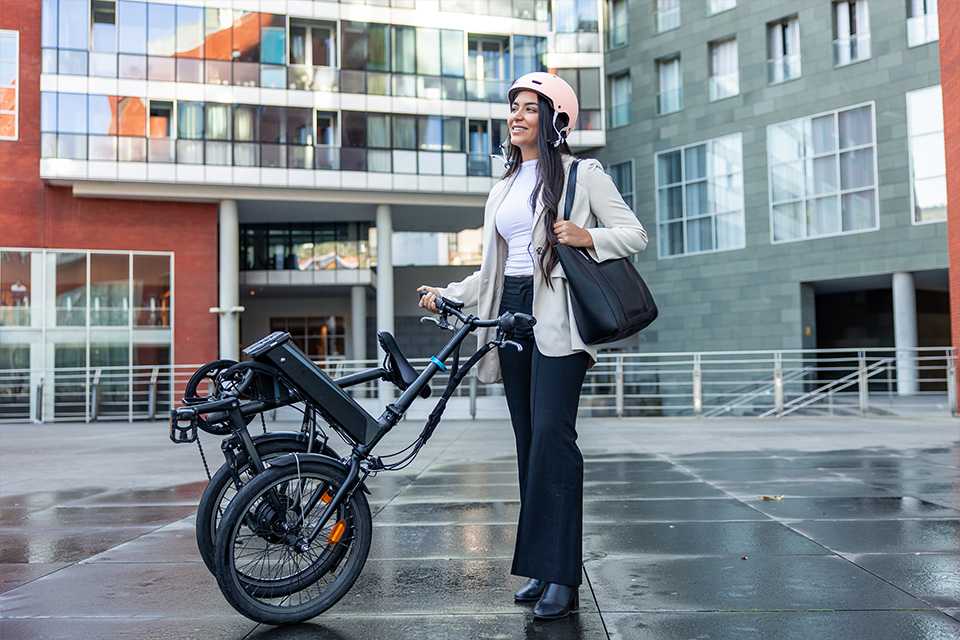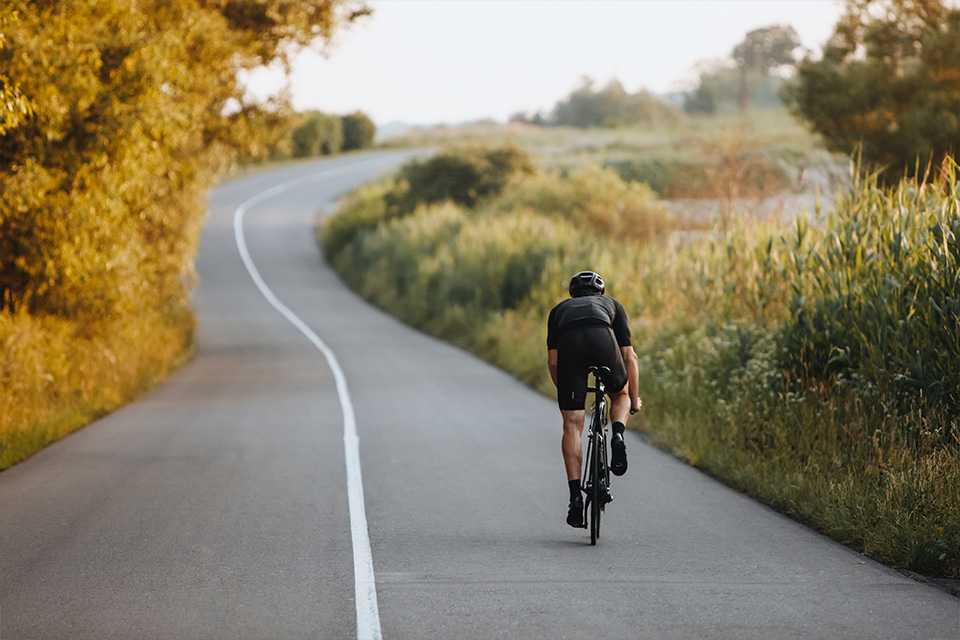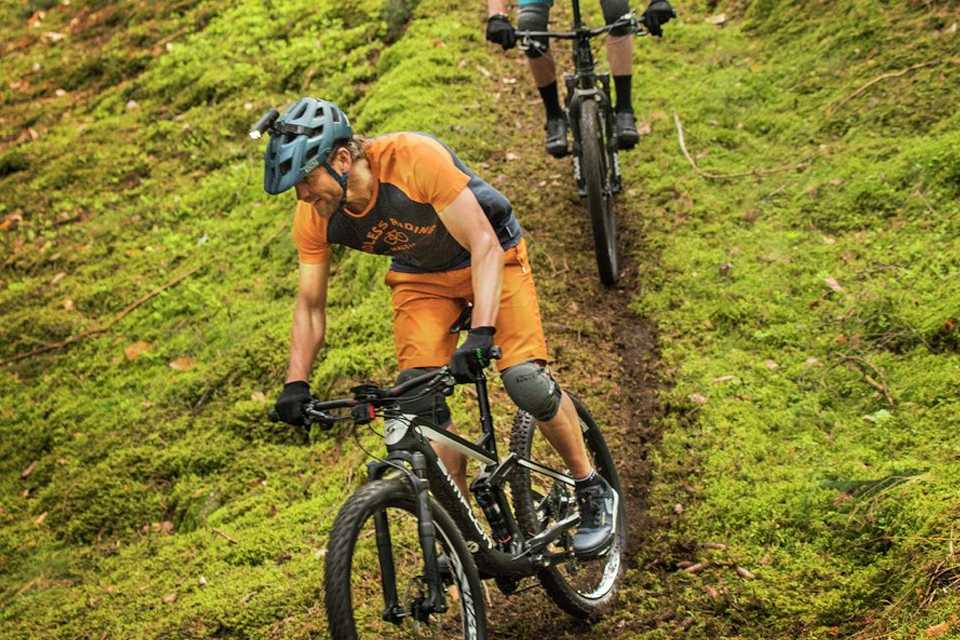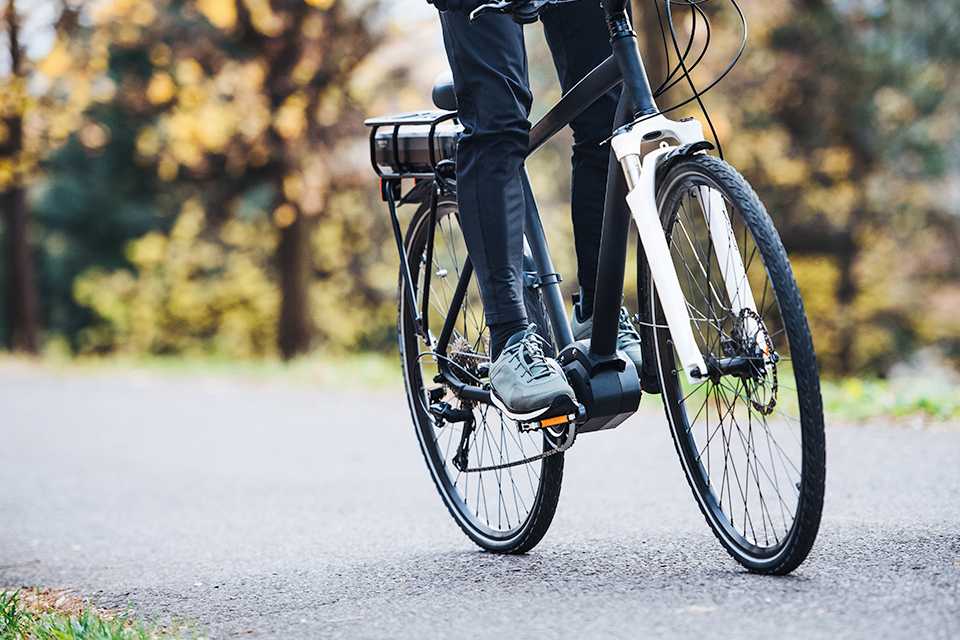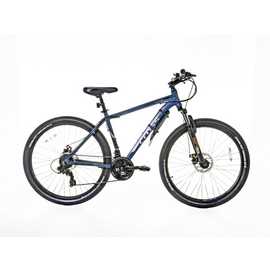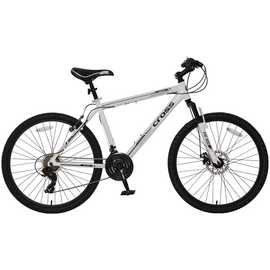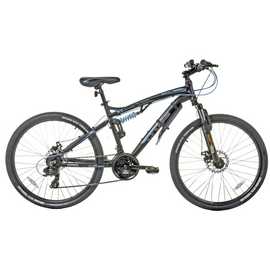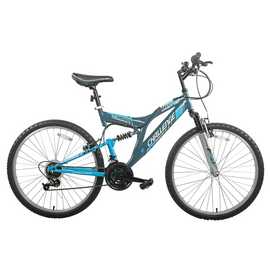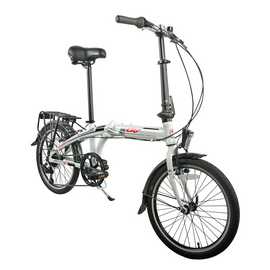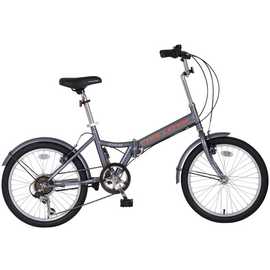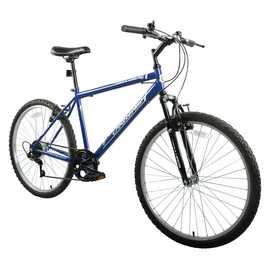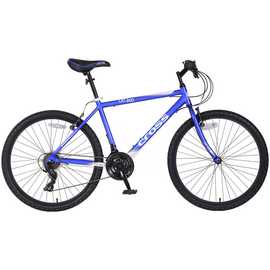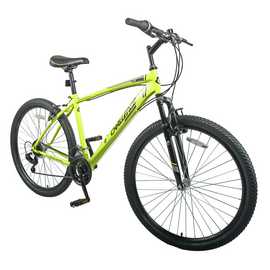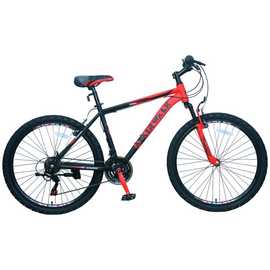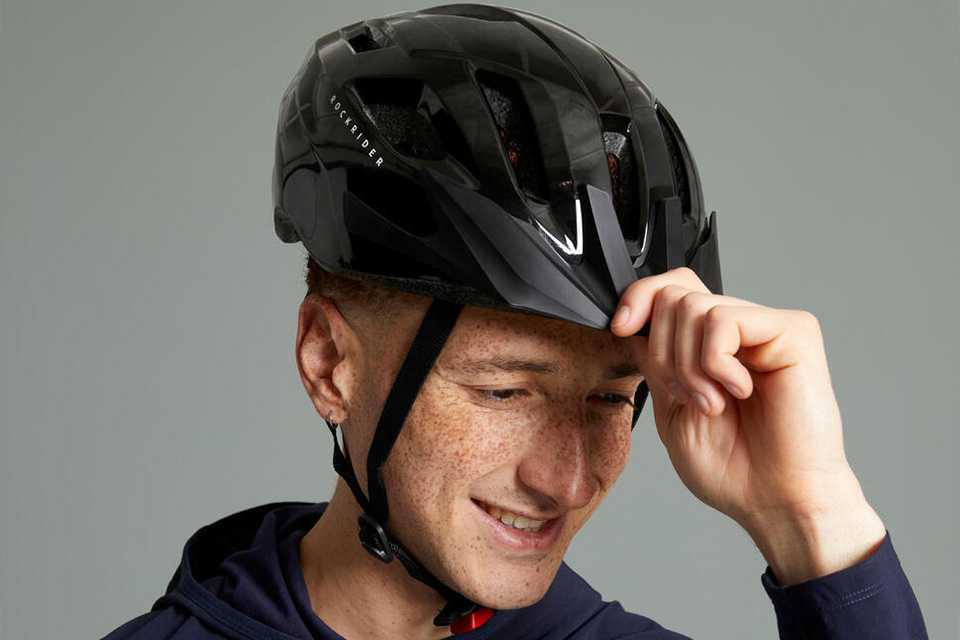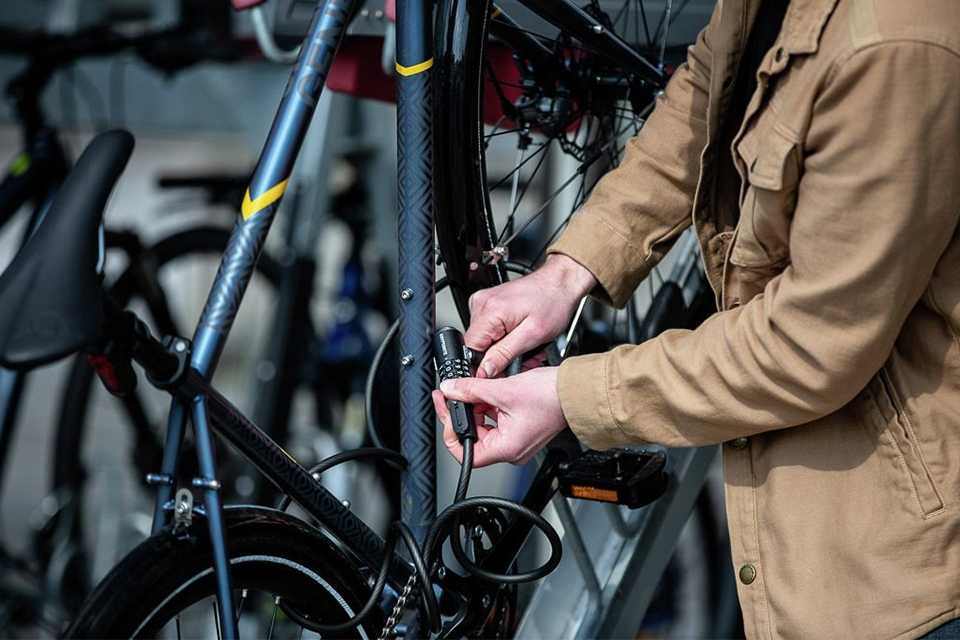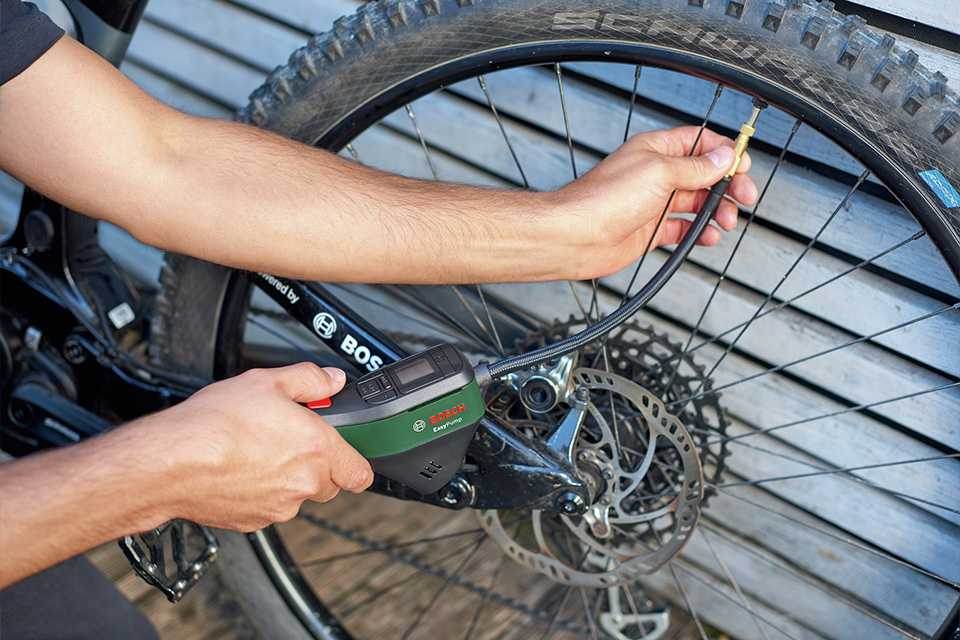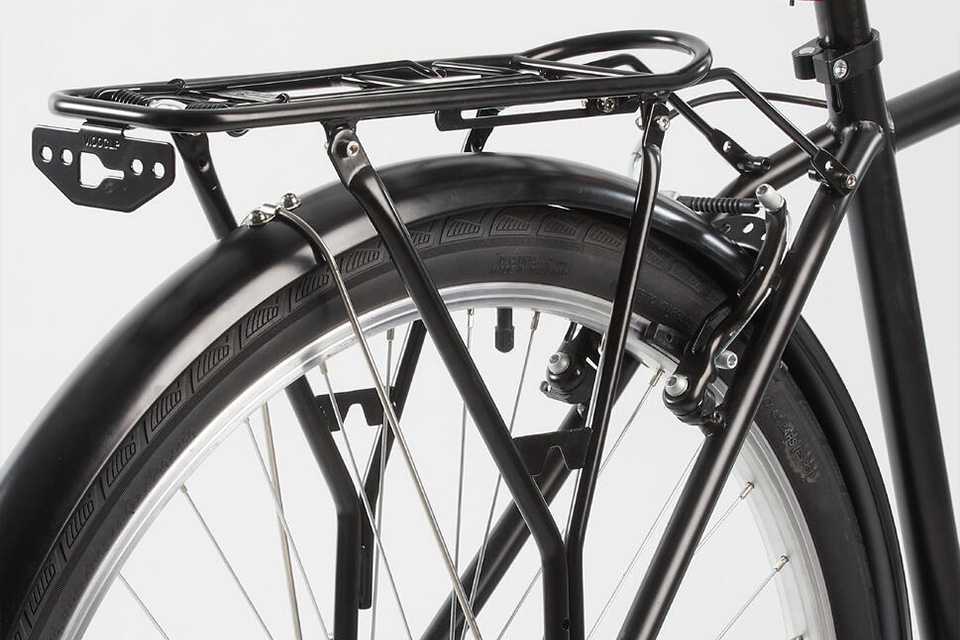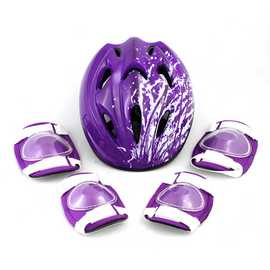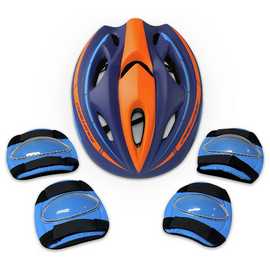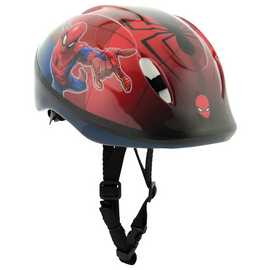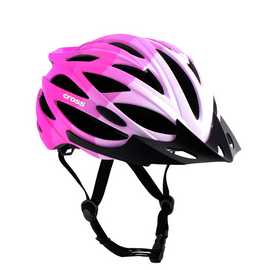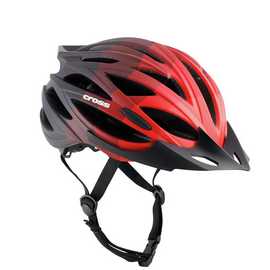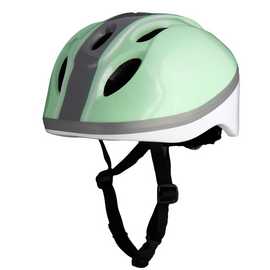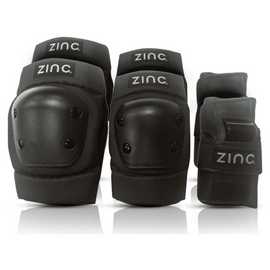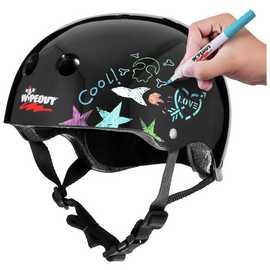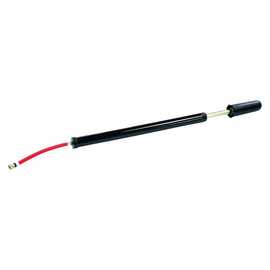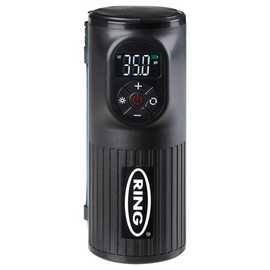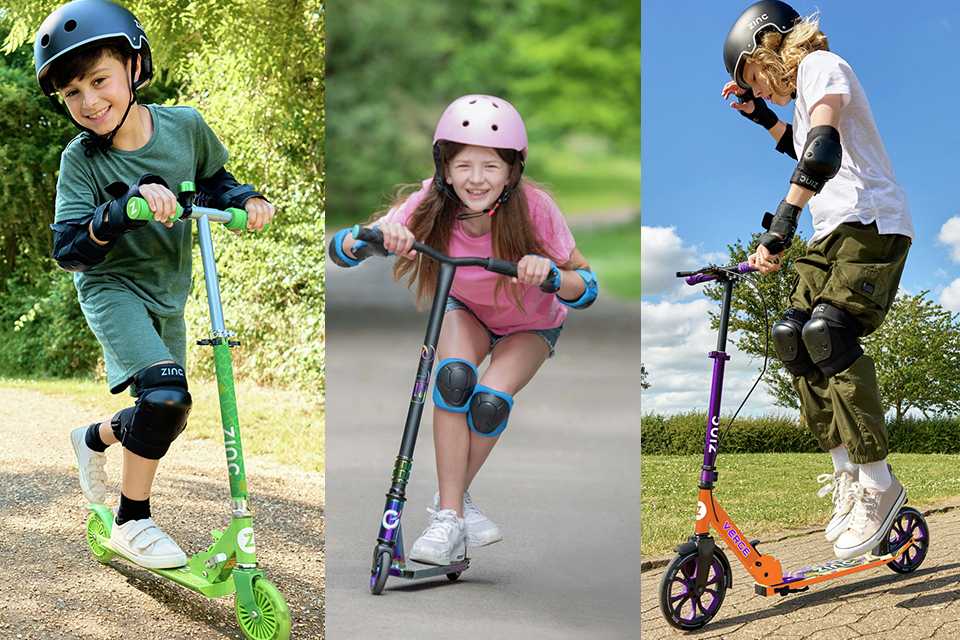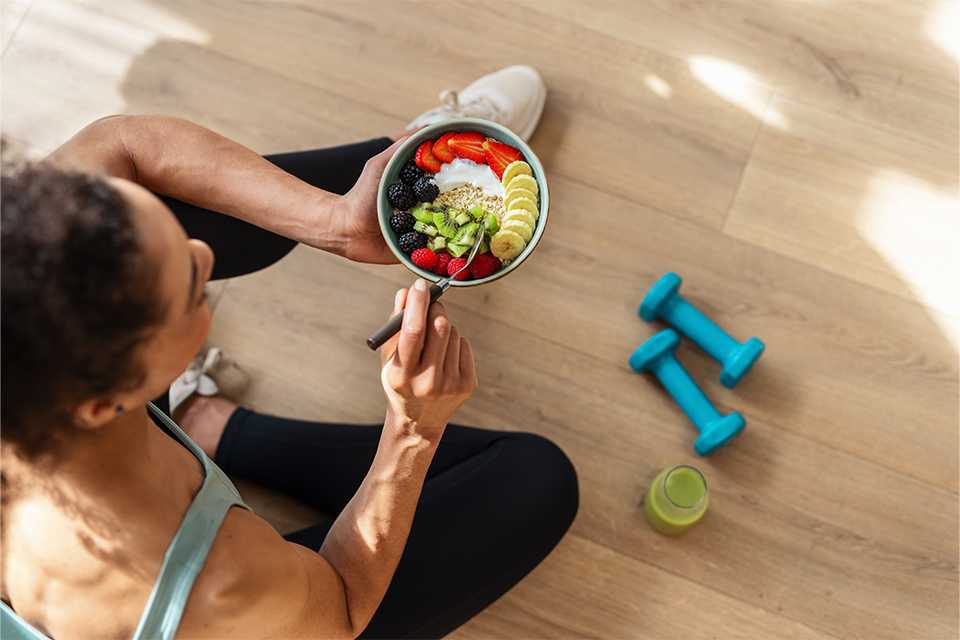Which bike are you looking for?
Carousel
Types of bikes
Carousel
Carousel
Tips and advice to help you choose and maintain a bike
Here are some tips to consider while buying and maintaining a bike:
- Choose a bike based on your lifestyle.
- Set a budget but don't forget to include the cost of helmet, locks and accessories in it.
- Buy a frame size that is suitable for you. It helps prevent strain and improves performance.
- Keep cleaning your bike regularly. Dirt can wear down the components faster.
- Keep lubricating the chain to increase the efficiency of the bike.
- Bring a repair kit along with you all the time.
- Remember to wear a helmet before you start your ride.
Best bike picks
Slider Grid
What size bike do I need?
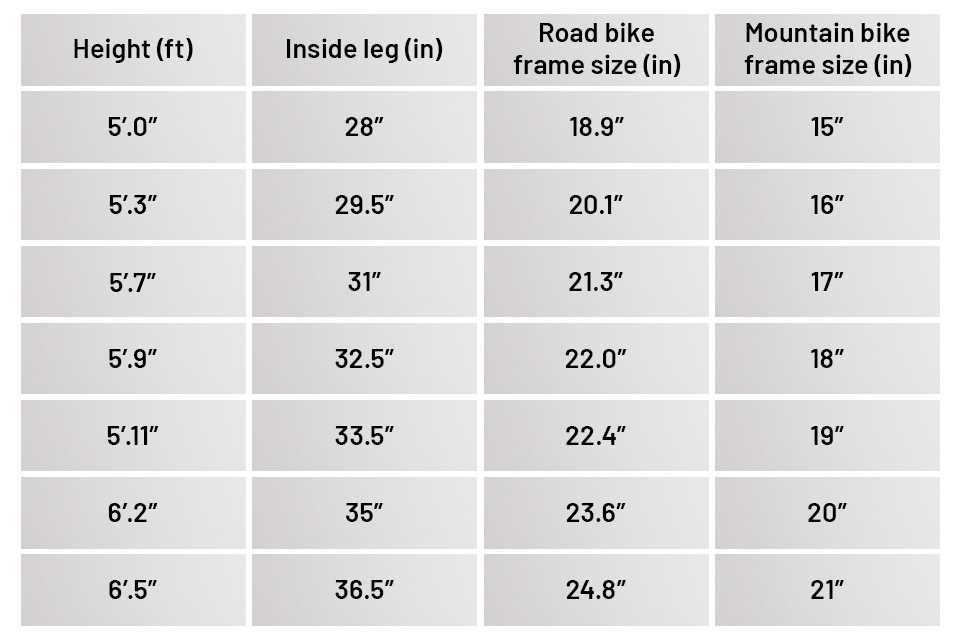
While there isn't much variation between men's bikes and women's bikes, the frame of the bike is the biggest defining factor. Women's bikes have more of a slanted frame to suit a 'shorter torso, longer legs' female body shape. Moreover, the size of an adult bike is determined by the length of its frame. To get the right size model for you, check your inside leg length (the distance from your crotch to the floor) against the measurement listed on the bike's description.
Choose the right bike
Carousel
Shop bikes by frame material
What type of bike brakes are best?
Carousel
How to assemble a bike?
The majority of bikes need a little assembly. Here are some helpful tips for you:
- You will usually need to attach the front wheel, pedals, seat and handlebars, but it depends on which bike you choose.
- Make sure that the pedals match with the correct sides of the bike. This video will help you attach pedals to your bike.
- Using your hands, tighten the pedals to the cranks by turning the right pedal clockwise and the left pedal anti-clockwise.
All the instructions will be included with your bike, but if you need more help, visit our bike support page.
Bike accessories
Carousel
Carousel
Top bike accessories
Slider Grid
Bike safety tips
Enjoy your ride but also stay safe while doing that. Here are some essential safety tips:
- Wear the helmet during all rides, even on short ones.
- Be visible during dark hours using front and rear lights.
- Keep inspecting your gear before every ride.
- Educate yourself about rules of the road.
- Always follow traffic signals, road safety instructions and watch out for potholes and pedestrians.
- Strictly no use of mobile phones, headphones or any gadgets that can distract you.
- Using hand signals and communicate with other drivers on the road clearly.
- Avoid switching lanes suddenly and maintain distance from other vehicles.
- Don't drive under the influence of alcohol or drugs.
Frequently asked questions about bikes
What are the different types of bikes available?
Different types of bikes are mountain bikes for off-road terrains, road bikes for commuting, hybrid bikes for casual riding, folding bikes for riding on-the-go, and electric bikes for easy riding. You can choose a bike depending on your lifestyle.
How do I choose the right bike size?
To choose the right bike size, measure your inside leg length and check the measurement listed on the bike's description. This will help you finalise an appropriate frame size.
What accessories are essential for a bike?
Helmet, tyre puncture kit, pressure pump, bike lights, bike locks and bike racks are some of the essential accessories. If you often carry children, then a sturdy and comfy child bike seat is a must.
How to maintain a bike?
Maintain your bike using the following tips:
- Perform ABC testing - air, brakes and chain.
- Clean your bike regularly.
- Keep checking tyre pressure regularly.
- Regularly apply lubricant to all the moving parts so they don't wear out easily.
- Check the brake pads and replace them if you see wear and tear.
What are BMX bikes designed for?
BMX stands for bicycle motorcross. BMX bikes are specially designed for stunts, sports and racing. They're ideal for dirt tracks, skate parks and many other environments.
What is the 75 rule in cycling?
The 75 rule of cycling suggests that about 75% of your training time should be dedicated to easy and moderate paced riding while 25% of your time should go into high intensity efforts.











